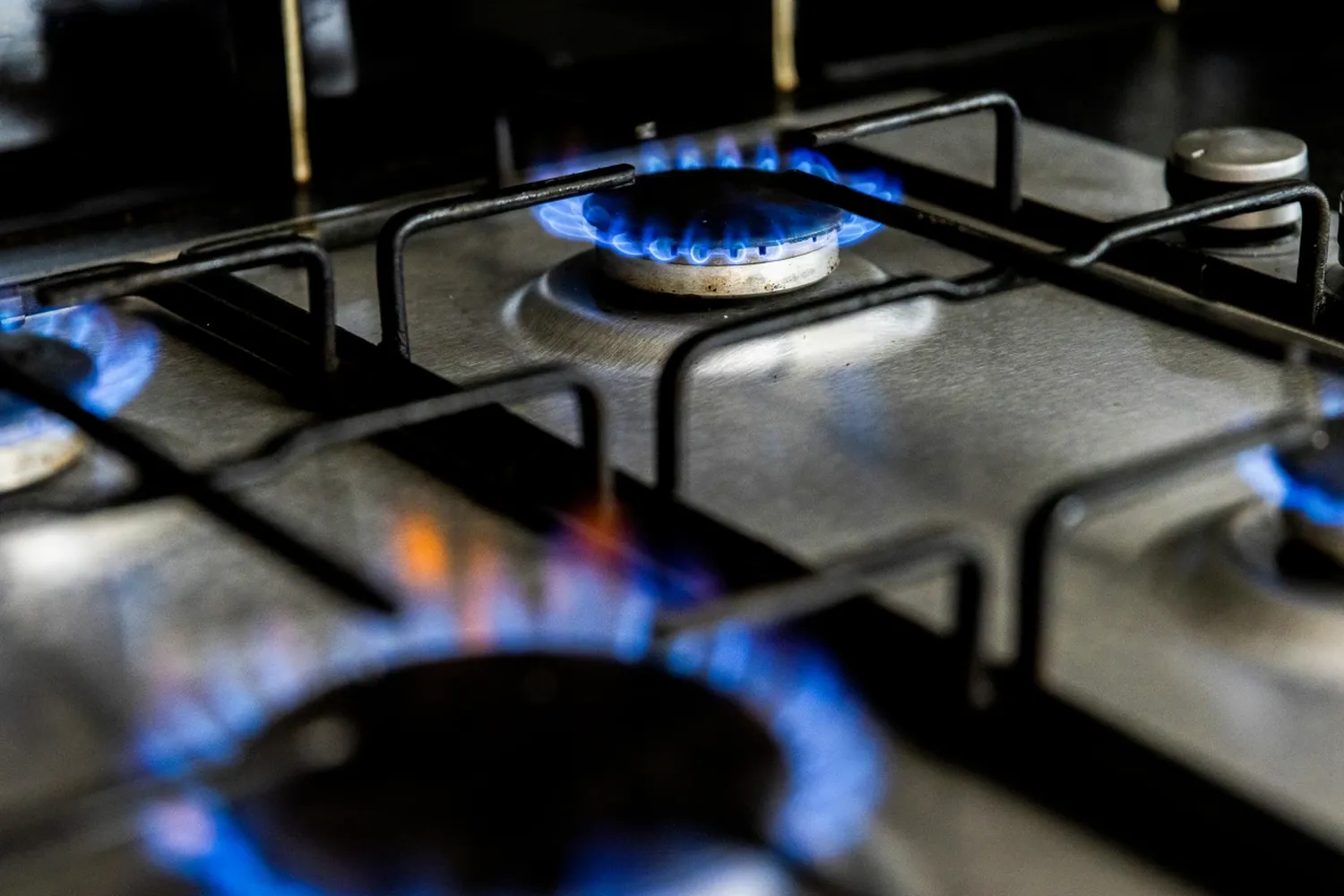Childhood Health
New Study Links Gas and Propane Stoves to 50,000 Childhood Asthma Cases Annually
In a study published in the journal Science Advances, researchers have identified a significant health risk associated with the use of gas and propane stoves in American homes. The study estimates that these appliances are contributing to approximately 50,000 cases of pediatric asthma each year due to the emission of nitrogen dioxide (NO2), a harmful gas produced when natural gas is burned at high temperatures.
The research, led by Yannai Kashtan, a doctoral candidate at Stanford's Doerr School of Sustainability, involved measuring NO2 levels in over 100 U.S. kitchens while stoves were in use and assessing how the gas spread to other rooms when the stoves were turned off. The team also considered various factors such as whether windows were open or shut, burners were on low or high, and whether range hoods were on or off.
The findings are alarming, especially considering that the World Health Organization (WHO) recommends an annual limit of about 5.3 parts per billion (ppb) for combined indoor and outdoor air NO2 exposure. The study found that the average yearly exposure to NO2 from gas and propane stoves in U.S. homes is around 4 ppb, with exposures significantly higher in smaller homes, those where people cook frequently, and homes without proper ventilation.
Susan Anenberg, chair of the environmental and occupational health department at George Washington University's Milken Institute School of Public Health, emphasized the importance of addressing indoor air quality. "We often focus on outdoor air quality, but the indoor sources – stoves being one of them – could be just as important, if not more so, because of the amount of time people spend indoors," she stated.
The study also highlighted racial and socioeconomic disparities in NO2 exposure from gas stoves. American Indian and Alaska Native households had 60% more long-term exposure relative to the national average, while Black and Hispanic households had 20% more exposure. Lower-income families also faced an increased risk, pointing to a broader issue of environmental justice.
Rob Jackson, a co-author of the study and a professor of Earth science at Stanford, noted the disproportionate impact on vulnerable populations. "We found that poor people breathe dirtier air outdoors and – if they own a gas stove – indoors, too," he said.
The American Gas Association, representing energy companies that deliver natural gas, has questioned some of the past research on which the new study relied. However, the evidence presented in this latest study is hard to ignore, especially given the potential health impacts on children.
To mitigate these risks, the researchers suggest several strategies. These include improving ventilation by opening windows or installing a range hood that vents outdoors, although many people do not use hoods due to noise or because many hoods simply recirculate polluted air inside the home. Another alternative could be using a portable induction cooktop, which does not emit NO2.
The findings come at a time when some local governments are taking legislative action. New York state, for example, passed a policy last year requiring electric heating and cooking in some new buildings by 2026 or 2029, depending on their height. Berkeley, California, initially passed an ordinance prohibiting natural gas hookups in new homes, although it was later repealed in response to a lawsuit.
The study underscores the urgent need for public awareness and policy intervention to protect public health, particularly the health of children, from the risks associated with gas and propane stoves. As the debate over the use of these appliances continues, it is clear that alternatives exist that can provide safer, healthier options for cooking without compromising indoor air quality.

